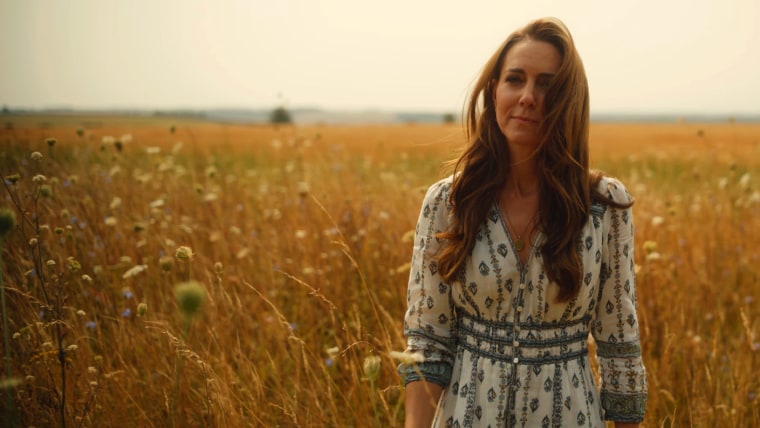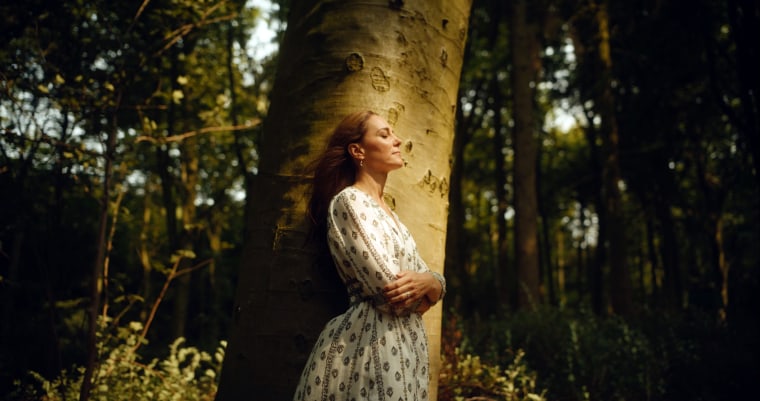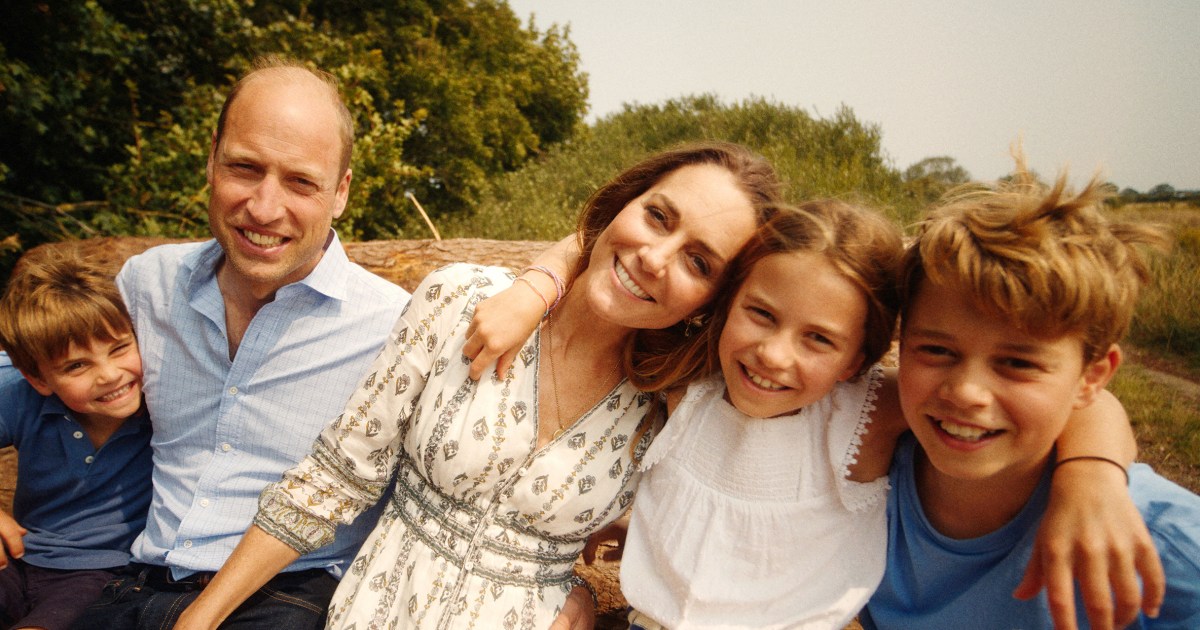The world’s focus was on the news — that Kate, the Princess of Wales, had completed her chemotherapy treatment. But the video used to share that message was far from a typical piece of royal messaging.
And now the video itself has made headlines, with royal watchers wondering what its sepia-toned production value signals for the austere institution, and whether its emotive content indicates a new approach for a family that has long struggled to balance a fierce desire for privacy with public demands for transparency.
Kate, 42, announced Monday that she had finished her treatment and would step up her return to public duties. But rather than a traditional text statement or a pared-back piece to camera like the video used to announce her cancer diagnosis, the news was shared in a three-minute video that broke with royal tradition.
It features images of Kate, Prince William and their three children, George, Charlotte and Louis, having a family picnic in the woods and playing on the beach — sharing hugs and laughs in home-video style. It’s accompanied by mellow music, cinematic angles, slow-motion effects and Kate’s voiceover detailing her cancer journey.
There are also shots showing Kate placing her head on William’s shoulder, as well as the couple hugging and kissing — a level of intimacy rarely displayed by the royals in public.
And it left some royal observers stunned.
“In more than a decade of covering the royal family, I’ve never seen a video like this,” said NBC News royal contributor Emily Nash.
“It’s the most intimate we have ever seen the Wales family,” she added. “And what really stood out was the public displays of affection, which William and Kate are not particularly well known for.”
That intimacy may have been carefully curated, if not choreographed, royal historian Sarah Gristwood told NBC News. “But it’s not the direction the royal family has taken before,” Gristwood said.

While the royal family has always sought to present itself as a champion of family values, it hasn’t done so in quite this way, she said. “The stylistic choices made — it is a bit of a shock to see coming from that source in this country.”
During the reign of late Queen Elizabeth II, the public saw pictures of her family that were quite carefully posed and formal, Gristwood said. A famous and controversial documentary, aired in 1969, attempted to show an intimate portrait of the royal family’s daily life, but lacked open portrayals of affection.
“So now, not much more than half a century on, this is a world away,” Gristwood said.
And while King Charles has chosen to be more revelatory and informal in his communications style after ascending the throne, the video released by Kate and William, the future king and queen, is “a huge leap forward into a new media age,” she added.
Kate and William have been militant about guarding their privacy, an approach that critics say helped fuel widespread speculation about Kate’s wellbeing earlier this year. The saga stirred rare criticism of the royals, who have long clashed with demands for accountability despite their public profile and taxpayer-funded millions.
Now Kate and William seem to have embraced that which they railed against.
“They wanted to leave nothing to chance this time,” Nash said.
“I think that with the difficulties of the past year, William and Kate have understood that they do need to control the narrative to a degree,” she added. “This was a really stylish and beautiful way of doing this.”

But not everyone agreed.
Marine Hyde, a columnist for The Guardian newspaper, asked “who could possibly feel it was anything but sad that a recovering post-chemo mother should feel that this is her best option for keeping ‘well-wishers’ at bay a little longer.”
It also remains to be seen whether the public will embrace this new approach, Gristwood said.
“The British tend, of course, to be traditionally a bit cautious about open displays of feeling and about anything which is almost too professional, if you like, too perfectly styled,” she said. But that may be different, she said, with the video’s likely target audience: “The younger half of Prince William’s future subjects, who, at the moment, have been less committed to the royal family than their elders.”


